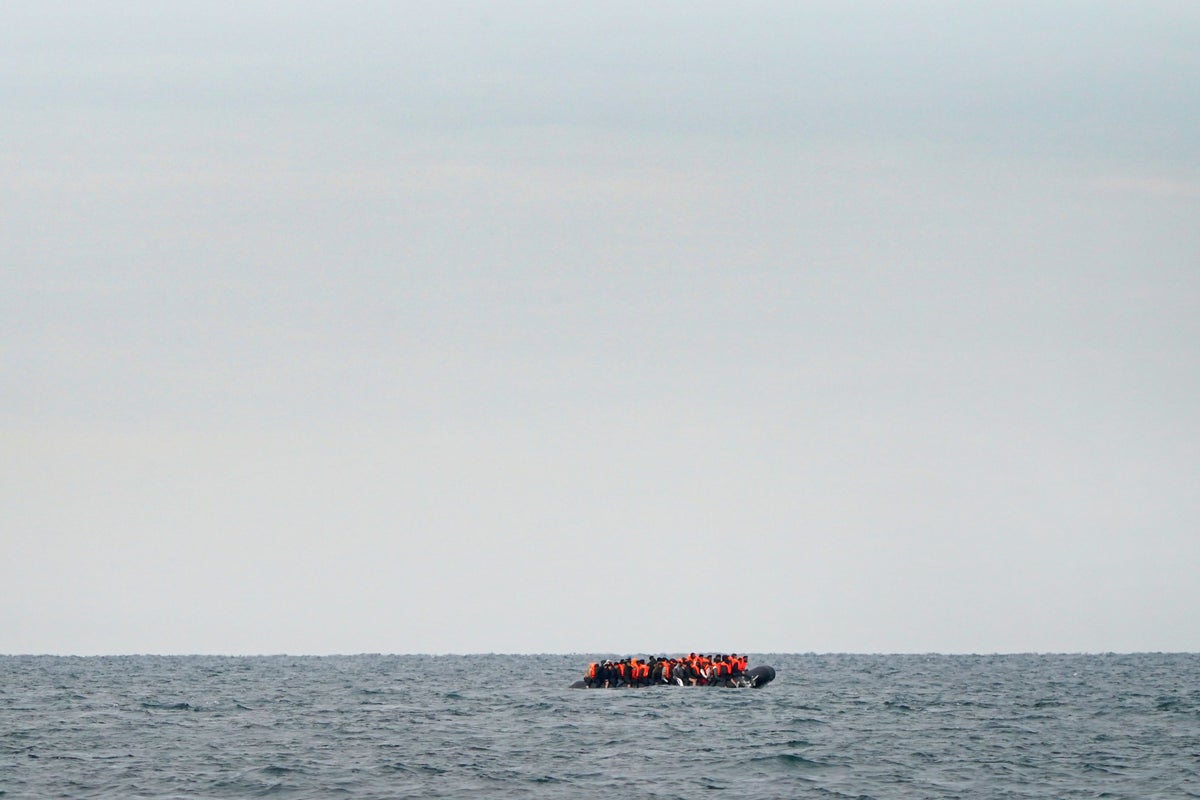
Testing migrants’ teeth and bones to verify whether they are children is “using the instruments of science” but is certainly not scientific, ministers have been warned.
Home Office ministers faced questions about the accuracy and safety of using X-rays and MRI (magnetic resonance imaging) scans to verify the ages of migrants, as they put the measures to a vote in the House of Lords.
The Lords gave its backing to the plans, which will see X-rays used to examine teeth and wrist bones, and MRI scans used to examine thigh bones and collarbones, as a means of assessing biological age among migrants who claim to be children.
The power to use new assessment methods was created by the Nationality and Borders Act, amid concerns that some migrants were claiming to be children for favourable treatment in the asylum system.
What we are doing is using instruments developed by science but the assessment is certainly not a scientific one— Lord Winston
But Labour peer Lord Winston questioned the accuracy of the measures as the details were put to a vote in the House of Lords.
Lord Winston, a professor, medical doctor and broadcaster famed for the Child Of Our Time television series, told the Lords: “I would argue that this is a matter of science primarily and actually the idea that scientific assessment is not scientific, and what we are doing is using instruments developed by science but the assessment is certainly not a scientific one.”
He asked ministers to reveal how accurate the tests were, including if an assessment has been made of the “confidence limits and the error bars” of the assessments.
Lord Winston also suggested that the tests may not account for lack of nutrition or growth deficiencies.
He asked: “Can he tell us what the preceding situation with those immigrant children are? For example, what diet were they on before they came in? Did they have normal calcium, for example, in their diet? Were they deficient in calcium? Did they have other issues which might have changed their bone age?”
He also raised concerns about the harmful impact of radiation from X-rays, telling peers: “The risk of ionising radiation is a serious one. How do we know that this child later on might not need another X-ray for a medical condition?
“In which case you have an accumulative risk, or perhaps has had ionising radiation before getting to the United Kingdom, or on its way if it was going to come here. That is one of the issues.”
Home Office minister Lord Sharpe of Epsom told peers that he did not know how accurate X-rays of bones were in establishing age, but said teeth assessments could offer an estimate of “two years either side”.
He insisted that the radiation risk of exposing migrants to such X-rays was the equivalent of “less than two hours on an international flight”.
Lord Sharpe added that the Government was conscious “that methods to assess age such as bone development are affected by factors such as ethnicity, body mass, sex, puberty” and was taking advice to ensure accuracy.
He went on: “The Home Office will not use the scientific methods to determine an exact age or an age range but rather use the science to establish whether the claimed age range of the age-disputed person is possible. It is key that methods used for age assessment have a known margin of error.
“Combining assessment of dental and skeletal development is important as it increases the accuracy of the approach.”
While the Lords gave its backing to the Government’s plans, a large number of peers backed a series of motions to express their dissent towards the age assessment plans.
Liberal Democrat peer Baroness Brinton led calls for a vote, telling peers: “I did not do this lightly, but believe that this Government is contradicting itself and moving ahead with legislation that medical and dental experts say should not be used yet.”
Her motion called on ministers to “withdraw the regulations until the policy has been developed in full and an impact assessment and costings have been provided to Parliament”.
Peers voted 165 to 86, majority 79, and 164 to 75, majority 89, to back her motion to regret the measures.







